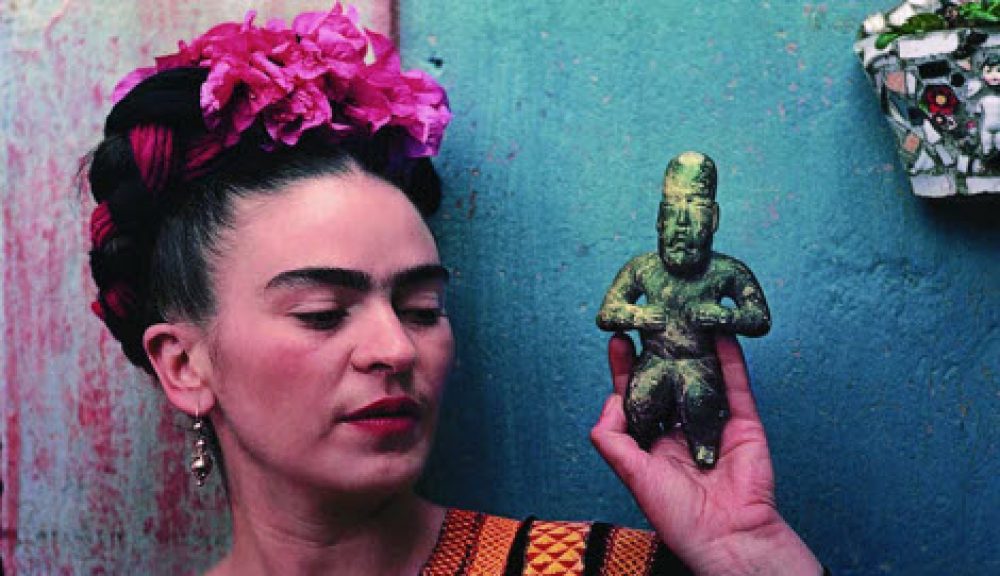While the Mexican Revolution was certainly a time of sweeping change throughout the country, both politically and socially, the revolution was also a pivotal period for changes in world of art. The revolution gave way to changes across all aspects of Mexican life, influencing artists like Siquieros, Rivera and Orozco. Seeing the overwhelming changes occurring throughout the country impacted these artists’ works, as they received a front row seat to the death, destruction and everyday life of the Mexican people living during that time. Siqueiros, Rivera and Orozco were able to use these experiences to impact their work, and highlight Mexico’s national identity and traditions. Siqueiros and Rivera, who were also very involved in the political changes that were taking place, also used their art to send political messages, hoping to strengthen the influence of Communism throughout the country. Being able to paint such murals in places like the National Preparatory School, the Ministry of Education, the Palacio Nacional, and other locations, allowed them to communicate their social and political ideas using a platform that could reach the masses of people who visit those buildings.
Like much of the art created by “Los Tres Grandes” during the time of the Revolution, Mariano Azuela’s novel, The Underdogs, gives an accurate representation of life during the Revolution. Azuela portrays the characters of the story to be an accurate representation of the common man that took part in the overthrow of the Mexican government and the fight against the Federales. Artists, like Rivera in his mural The Agitator and The Liberation of the Peon, also depict the common man/worker rising up against the government and the lifestyle of these fighters during the Revolution. Azuela also gives an accurate description of these fighters, underscoring their sombreros, their ragged clothing, the belts of ammo hanging around their bodies and their mannerisms throughout the book. These descriptions closely resemble some of the types of people painted in the murals by “Los Tres Grandes”

